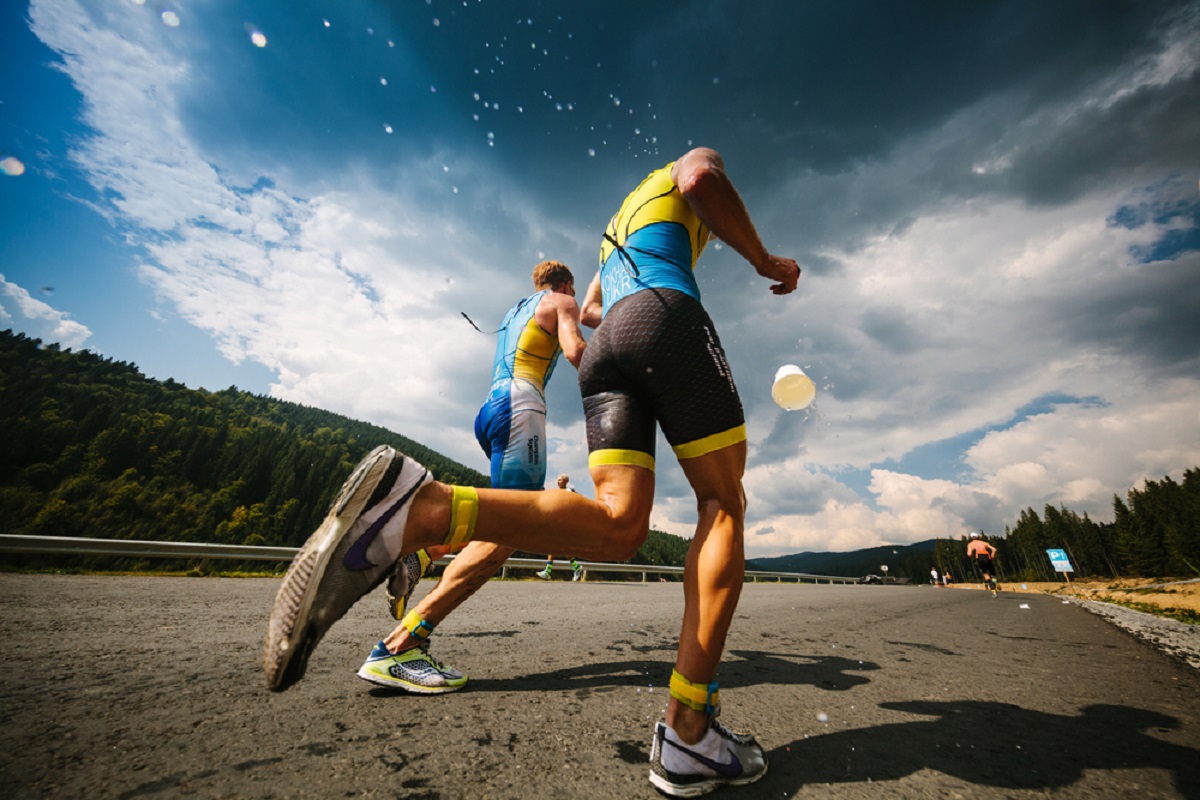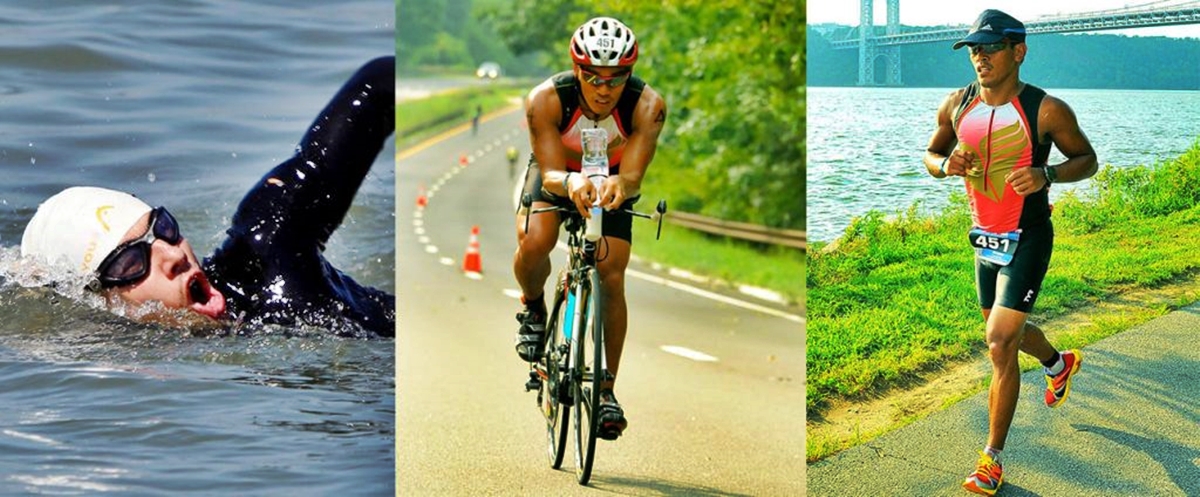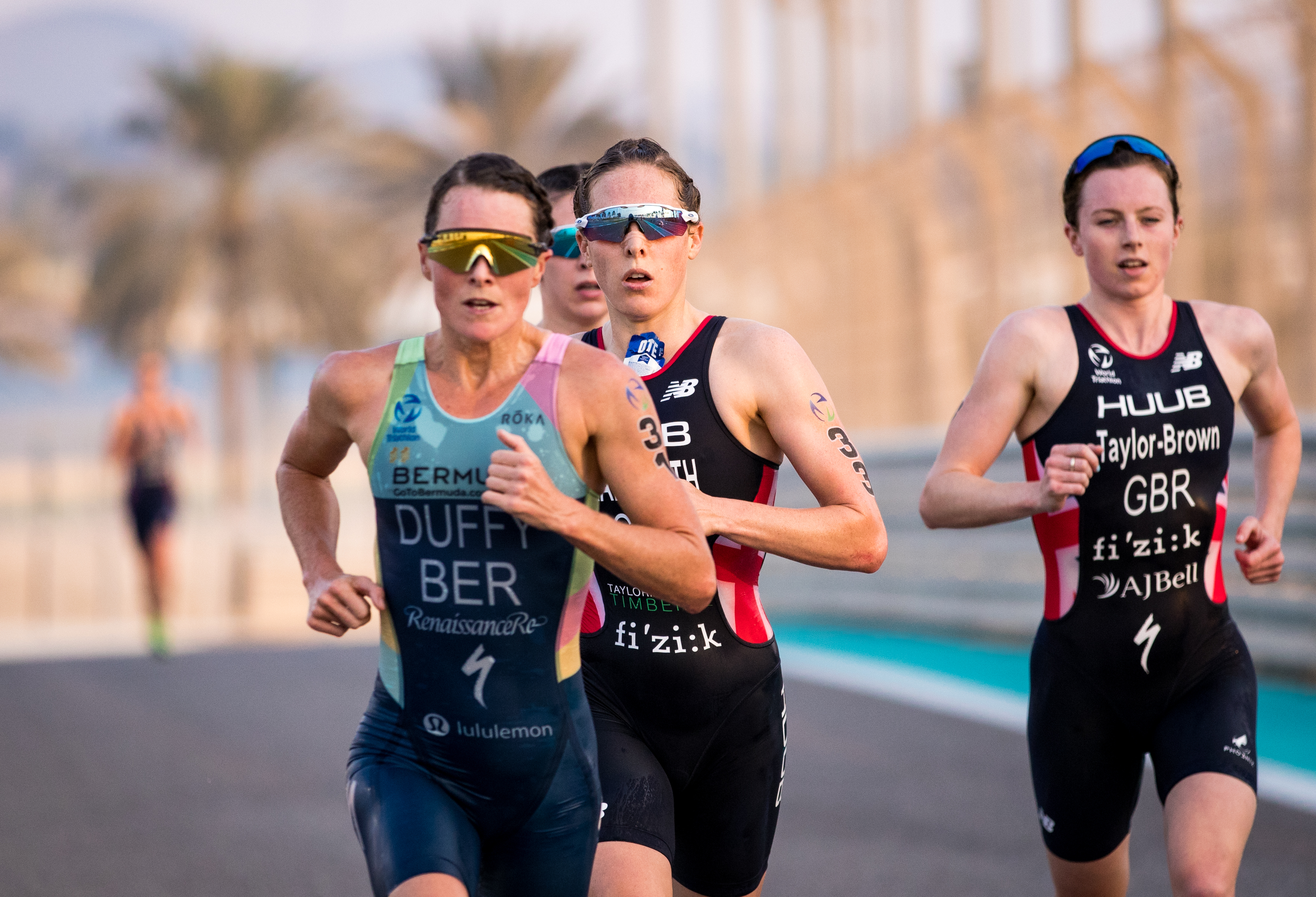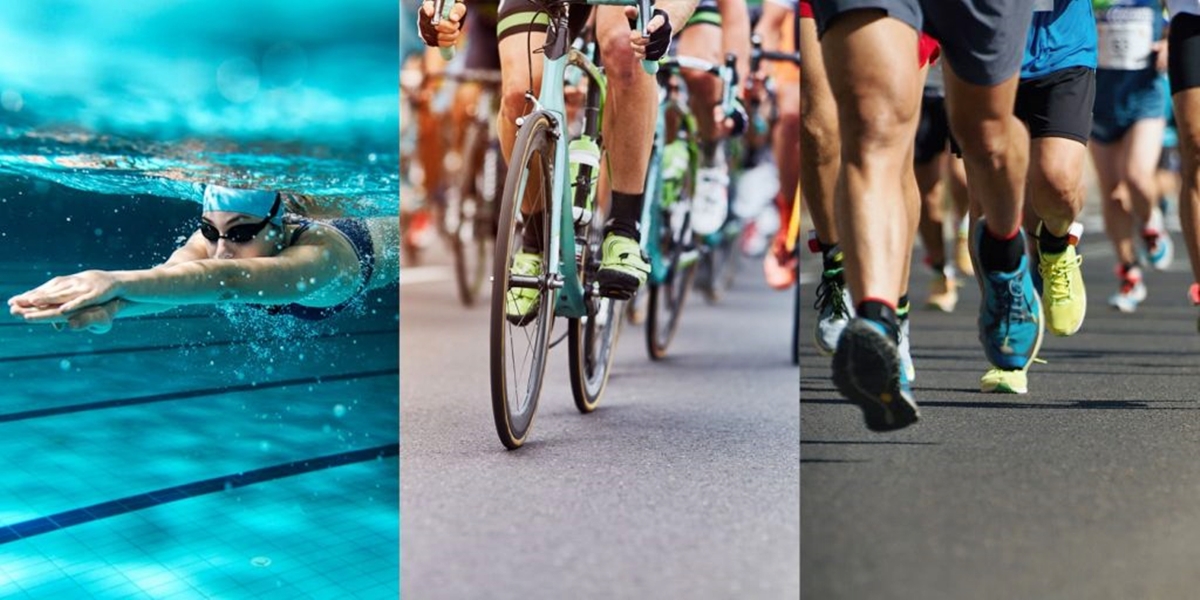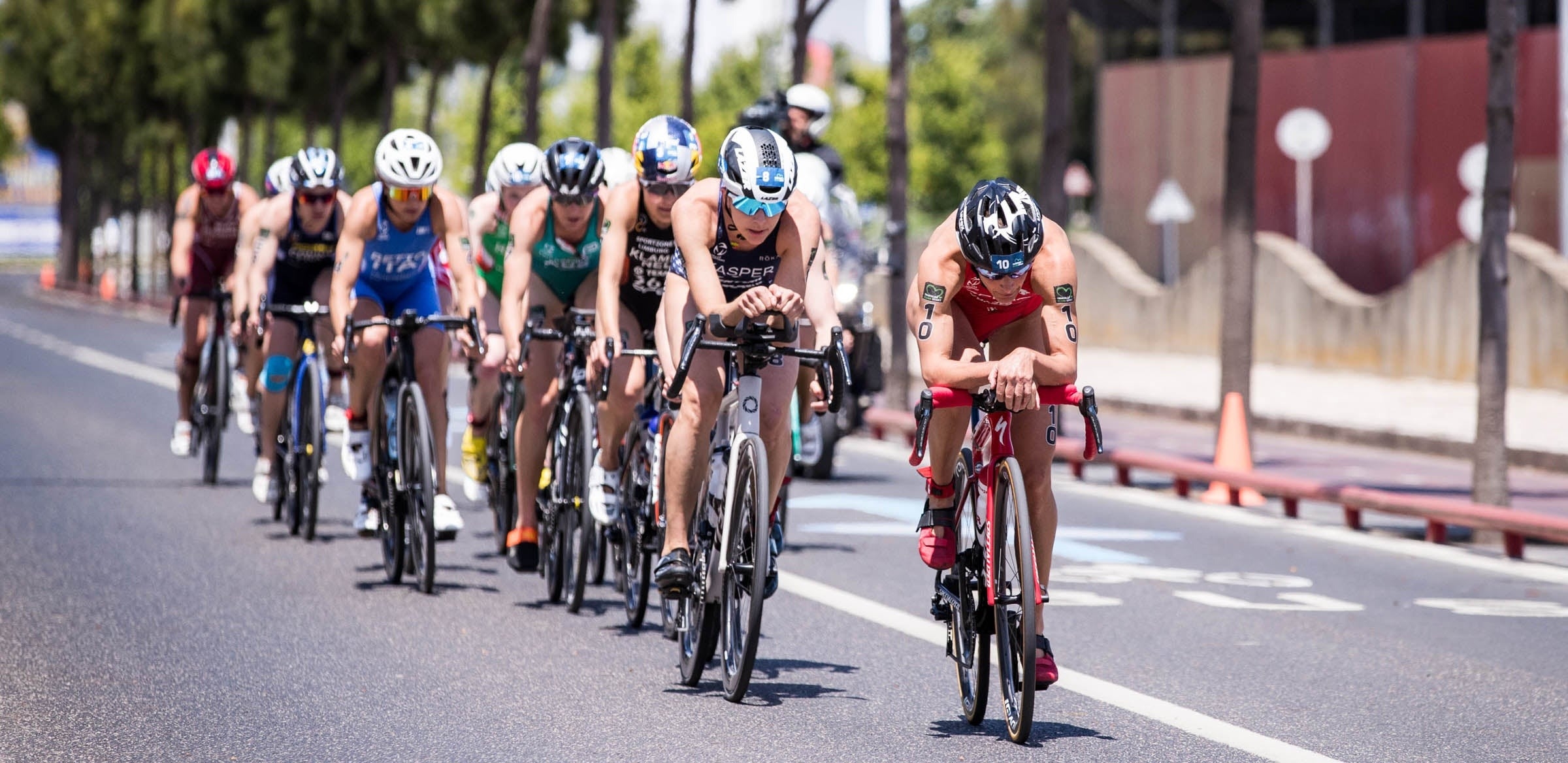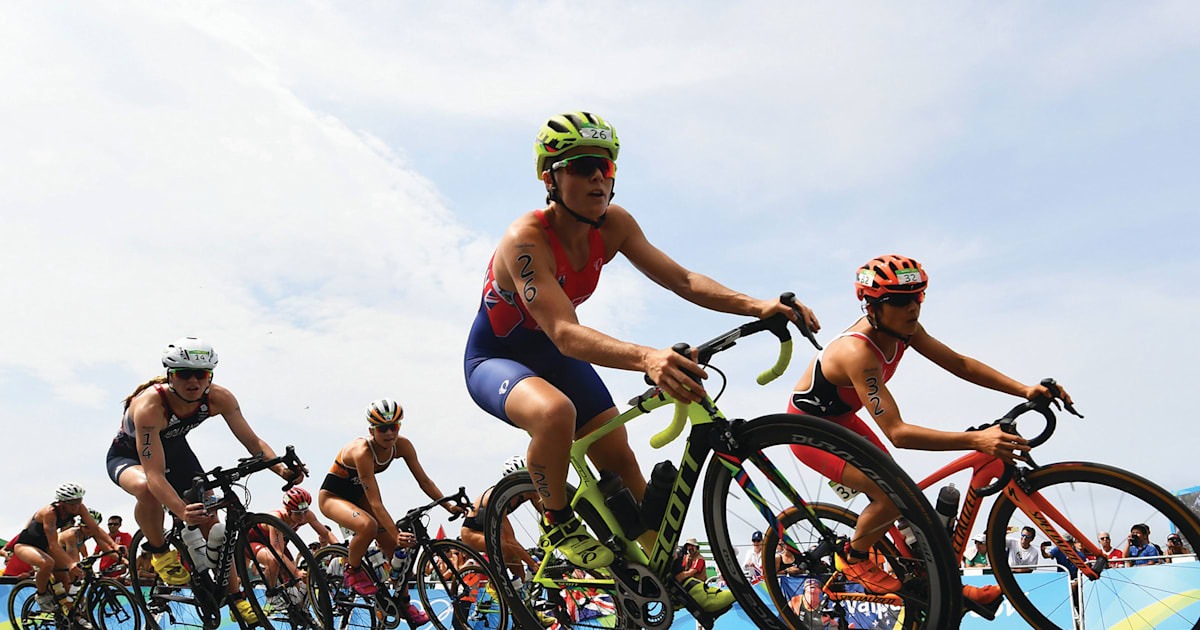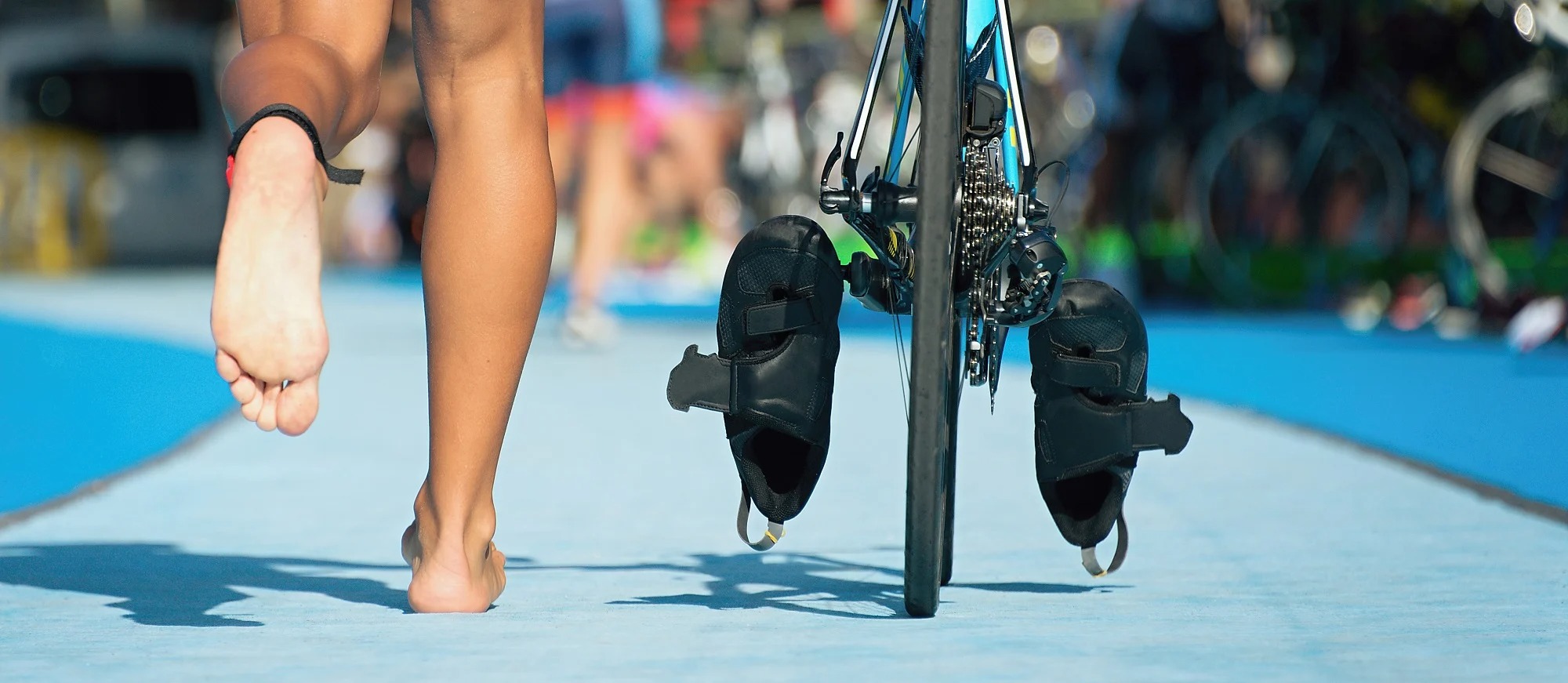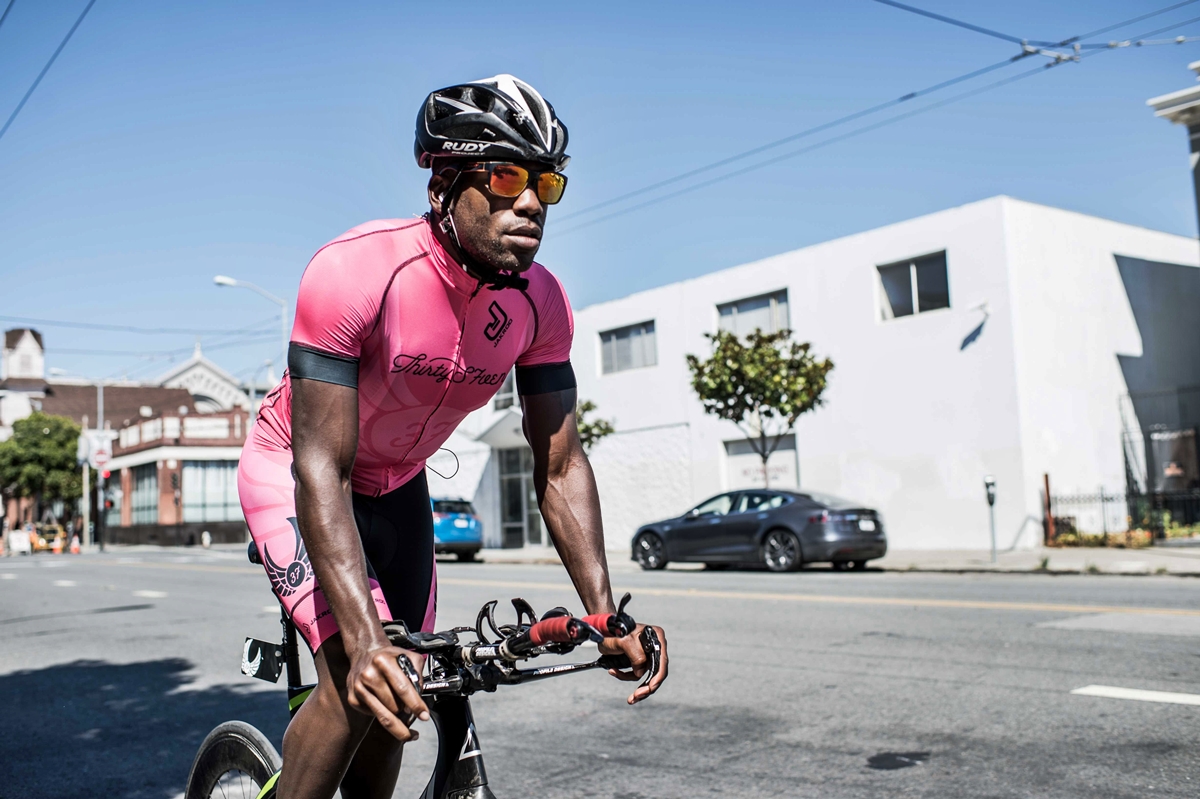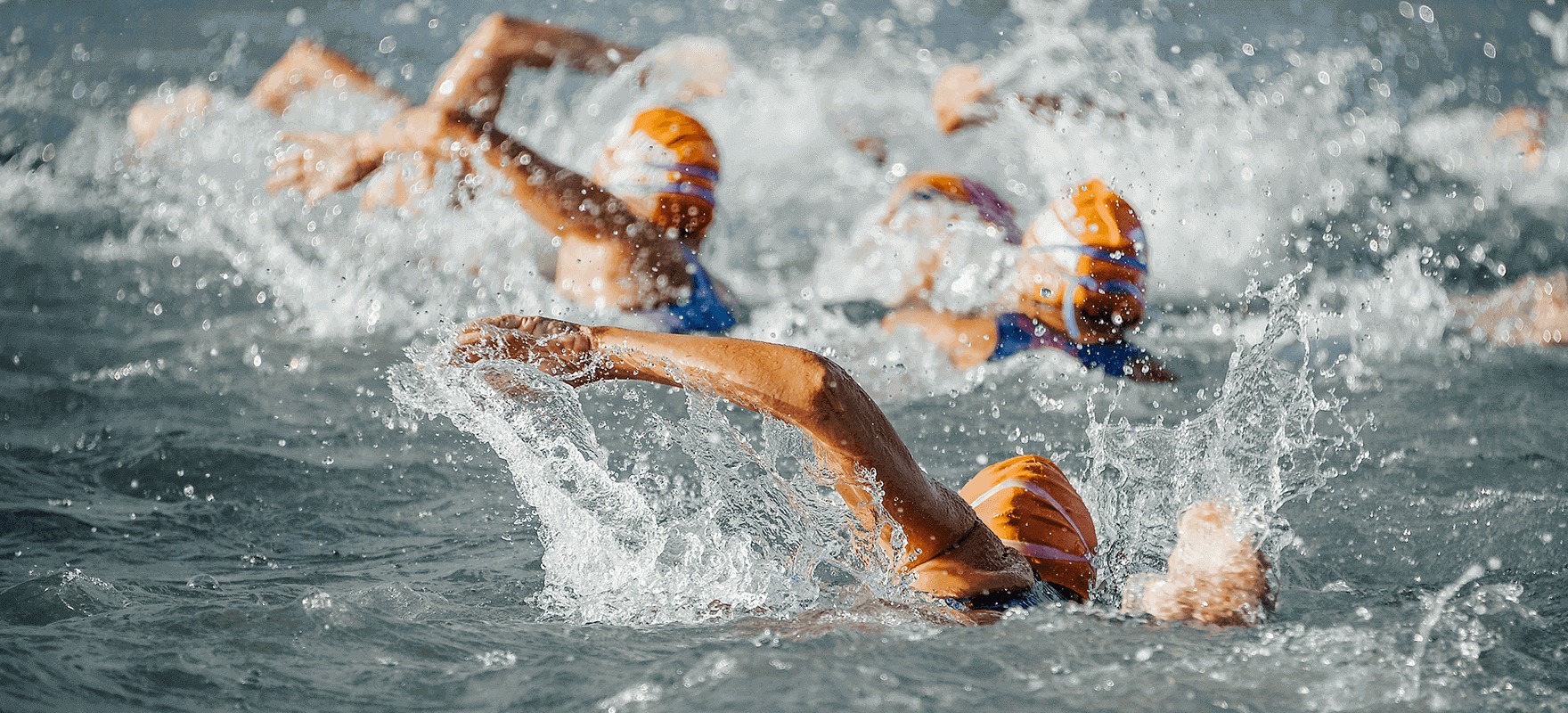

Featured
How Long Is Sprint Triathlon Swim
Modified: August 19, 2023
Discover the ideal duration of a Sprint Triathlon Swim and get featured among the best swimmers with our expert tips and guidance.
Introduction
Welcome to the world of sprint triathlon, where athletes compete in a thrilling multisport event that includes swimming, cycling, and running. While each discipline presents its own unique challenges, the swim portion is often the one that gives participants a rush of adrenaline mixed with a touch of anxiety. One common question that arises among newcomers to the sport is, “How long is the sprint triathlon swim?” In this article, we will delve into the details of the sprint triathlon swim and provide you with insights and tips to help you prepare for this exhilarating leg of the race.
The sprint triathlon is considered the shortest distance among triathlon events, making it a popular choice for beginners or those looking for a fast-paced challenge. Typically, a sprint triathlon consists of a 750-meter (0.47-mile) swim, followed by a 20-kilometer (12.4-mile) bike ride and a 5-kilometer (3.1-mile) run. However, it’s important to note that the length of the swim can vary depending on various factors, including the race organizer, where the event takes place, and the specific course design.
The swim portion of a sprint triathlon is conducted in open water, such as a lake, river, or ocean, rather than a controlled pool setting. This adds an element of unpredictability to the race, as athletes must navigate currents, waves, and possibly even wildlife. The open water environment brings its own set of challenges and requires swimmers to be mindful of their technique, navigation skills, and overall stamina.
Now that we have a basic understanding of what a sprint triathlon entails and the significance of the swim portion, let’s take a closer look at the factors that can affect the length of the swim in a sprint triathlon.
Understanding the Sprint Triathlon Swim
Before jumping into the details of the sprint triathlon swim, it’s crucial to grasp the overall dynamics of this leg of the race. The swim portion is the first discipline in a triathlon, setting the tone for the rest of the competition. It requires athletes to employ a combination of strength, endurance, and efficient technique to navigate through the water successfully.
Unlike a pool swim, where swimmers follow marked lanes, the open water swim in a sprint triathlon presents a different set of challenges. Participants must navigate in a mass start, along with fellow competitors, in an expansive and often unpredictable body of water. This requires the ability to sight buoys and landmarks to stay on course.
The swim distance in a sprint triathlon is typically shorter compared to longer-distance triathlons, which can range from 1.5 kilometers (0.93 miles) to even 3.8 kilometers (2.36 miles). Nevertheless, the sprint triathlon swim still demands a solid fitness base and proper training. It’s essential for athletes to focus on building their aerobic capacity, upper body strength, and overall endurance to ensure they have the stamina to complete the swim leg and transition smoothly into the cycling phase.
Additionally, mastering efficient swimming technique is key to maximizing speed and conserving energy during the swim. Proper body position, bilateral breathing, a strong kick, and a well-timed stroke are some of the elements that contribute to a smooth and efficient swim. Taking swimming lessons, working with a coach, or joining a triathlon training group can help athletes improve their technique and gain confidence in the water.
Understanding the nuances of the sprint triathlon swim also involves recognizing the different race formats that may be used. While the most common format is the mass start, where all athletes begin the swim at the same time, some races may employ a staggered start or a wave start, where competitors are released in smaller groups at intervals. It’s important to familiarize yourself with the specific race format to know what to expect on race day.
Now that we have explored the basics of the sprint triathlon swim, let’s delve into the various factors that can influence the length of this exhilarating leg of the race without further ado.
Factors Affecting the Length of the Swim
The length of the swim in a sprint triathlon can vary depending on several factors. Race organizers carefully consider these factors when designing the course to ensure a challenging but manageable swim for participants. Let’s explore some of the key factors that can influence the length of the swim:
- Course Layout: The course layout plays a significant role in determining the swim distance. In some cases, courses may be set up as a straight out-and-back swim, while others may incorporate loops or triangular patterns. The distance can also be influenced by natural landmarks or man-made structures that serve as markers for athletes to navigate.
- Water Conditions: The conditions of the water, such as currents, waves, and temperature, can impact the length of the swim. Swimmers may encounter currents that either assist or hinder their progress, making the swim easier or more challenging. The presence of waves can also affect swim times and require swimmers to adjust their technique accordingly.
- Permit Restrictions: Race organizers must adhere to permit restrictions set by local authorities. These restrictions may dictate the maximum distance allowed for the swim leg, ensuring a safe and manageable swim for participants. Permit restrictions can vary from one location to another, resulting in differences in swim distances between races.
- Experience Level: The swim distance in a sprint triathlon may also be influenced by the target audience of the race. Certain events may cater to beginner triathletes, offering a shorter swim distance to accommodate newcomers to the sport. On the other hand, races targeting more experienced athletes might feature slightly longer swim distances to provide a greater challenge.
It’s important to note that while these factors can affect the length of the swim, race organizers strive to ensure a fair and enjoyable experience for all participants. They carefully consider the balance between challenge and feasibility to create a swim leg that aligns with the overall nature of a sprint triathlon.
Now that we have discussed the factors that can influence the length of the swim, let’s move on to explore the average length of the swim in a sprint triathlon.
Average Length of a Sprint Triathlon Swim
While the specific distance of the swim leg can vary from race to race, there is a general consensus on the average length of a sprint triathlon swim. Typically, the swim distance for a sprint triathlon is around 750 meters (0.47 miles).
This distance strikes a balance between providing a challenge for participants and ensuring a manageable swim for athletes of varying skill levels. It allows beginners to comfortably complete the swim leg while also providing experienced swimmers with the opportunity to showcase their speed and endurance.
It’s worth noting that while 750 meters is considered the standard distance for a sprint triathlon swim, there may be slight variations depending on the race location and course design. Some races may offer a slightly shorter swim of around 500 meters, while others may extend the distance to approximately 1,000 meters.
It’s essential for athletes to familiarize themselves with the specific swim distance of the race they are participating in. This information is typically provided by the race organizer and can be found in the event registration materials or on the official race website.
Additionally, it’s worth mentioning that the average swim time for a sprint triathlon can vary depending on individual ability and experience. Elite athletes may complete the swim leg in under 10 minutes, while beginners or those less confident in their swimming skills might take 20 minutes or more.
Now that we have a better understanding of the average length of a sprint triathlon swim, let’s move on to some valuable tips for preparing for the swim leg of the race.
Tips for Preparing for the Swim
Preparing for the swim leg of a sprint triathlon requires focused training and preparation. Whether you’re a beginner or an experienced triathlete, the following tips will help you enhance your swim performance and build confidence for the race:
- Develop a Training Plan: Create a structured training plan that includes regular swim sessions. Focus on building endurance, improving technique, and increasing your speed through a combination of interval training, distance swims, and drills. Gradually increase the distance and intensity of your swims to prepare for the race.
- Practice Open Water Swims: Since the sprint triathlon swim takes place in open water, it’s crucial to practice swimming in similar conditions. Find local lakes, rivers, or oceans where you can practice open water swimming. This will help you acclimate to the unpredictable elements and build confidence in navigating through currents and waves.
- Improve your Technique: Work on refining your swimming technique to maximize efficiency and conserve energy during the swim leg. Focus on proper body position, breathing rhythm, and a strong, consistent stroke. Consider taking swimming lessons or working with a coach to fine-tune your technique and address any specific areas of improvement.
- Simulate Race Conditions: To better prepare for the swim leg, try to simulate race conditions during your training. Practice mass starts or swim with a group to get accustomed to swimming in close proximity to other athletes. Practice sighting buoys and landmarks to improve your navigation skills, as this is crucial during the open water swim.
- Invest in the Right Gear: Having the right gear can significantly enhance your swim performance. Invest in a well-fitting wetsuit, goggles with good visibility, and a swim cap to protect your hair. Consider using earplugs to prevent water from entering your ears and affecting your balance. Test your gear in training to ensure comfort and functionality.
- Practice Transitions: The transition from the swim to the bike leg is a critical aspect of triathlon racing. Practice seamless transitions from the swim to the bike to minimize time spent in transition areas. Practice removing your wetsuit quickly and efficiently, drying off, and putting on your cycling gear swiftly.
Remember, consistency and gradual progress are key to successfully preparing for the swim leg of a sprint triathlon. Prioritize your training, focus on technique, and immerse yourself in open water swimming experiences to build confidence and readiness for the race.
Now that you have these valuable tips for swim preparation, you’re ready to take on the exhilarating challenge of a sprint triathlon swim. Train hard, stay focused, and enjoy the journey as you prepare for race day.
Conclusion
The swim leg of a sprint triathlon is an exhilarating and challenging part of the race that requires proper training and preparation. Understanding the dynamics of the sprint triathlon swim, including its length and the factors that can affect it, is essential for athletes looking to participate in this multisport event. By familiarizing yourself with the average swim distance, training diligently, and implementing valuable tips, you can enhance your performance and build confidence for the swim leg.
Remember, the swim leg is just the beginning of the triathlon journey, followed by the cycling and running disciplines. However, it sets the tone for the rest of the race and can greatly impact your overall performance. Take the time to develop a structured training plan, focusing on both endurance and technique. Practice open water swimming to acclimate to the challenges of swimming in unpredictable environments. Seek guidance from coaches or join a triathlon training group to improve your technique and receive valuable feedback.
Additionally, don’t overlook the importance of simulating race conditions during your training, practicing transitions, and investing in the right gear. These elements can significantly contribute to your overall race experience and improve your chances of success.
As you progress in your training and prepare for your sprint triathlon swim, remember to stay committed, be patient with yourself, and enjoy the journey. Triathlon is not only about the destination but also about the personal growth, resilience, and sense of achievement you gain along the way.
So, dive into the world of sprint triathlon swimming with excitement and dedication. Embrace the challenge, push your limits, and celebrate your achievements. With the right preparation, mindset, and perseverance, you’ll be more than ready to conquer the swim leg of your sprint triathlon.
